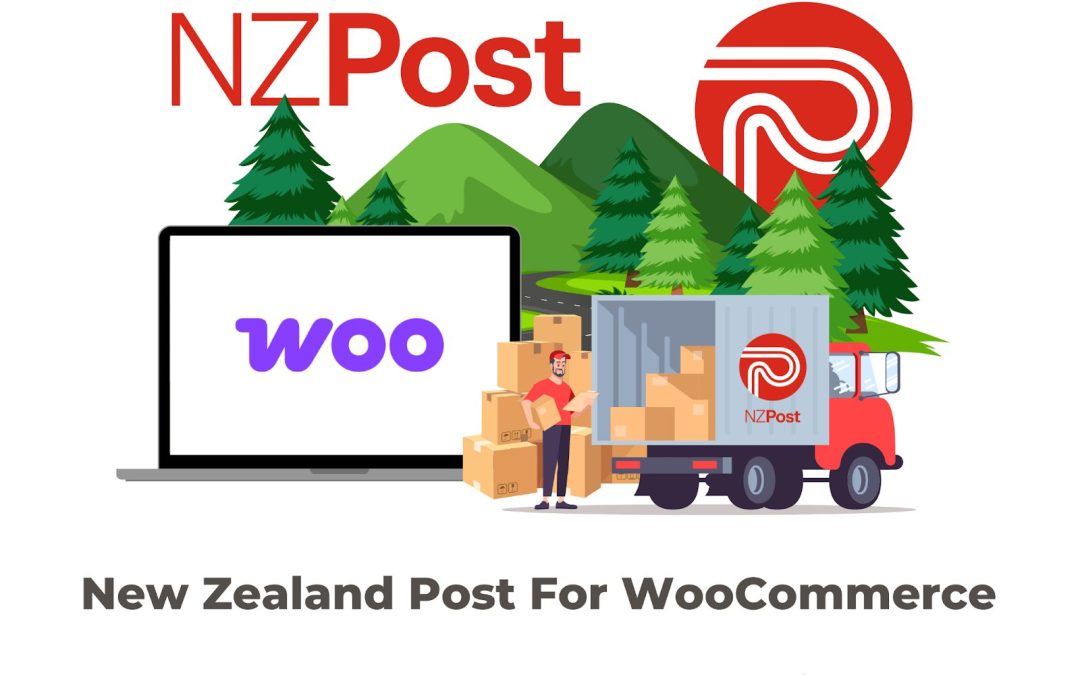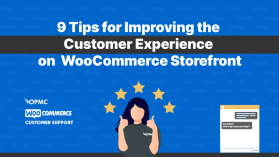If you have spent years cultivating a solid online presence with thousands of monthly subscribers to your blog, you may be considering expanding to product sales. Growing your blog from a once-per-week post to selling a line of new shoes, candles, or customised tech components for car manufacturers is a big step. Selling products on your blog is a great way to monetise your passion while offering tangible value for your readers beyond the content you create. This could be physical products like wines and chocolates, digital downloads like templates and eBooks, or even the handmade products you started making as a side hustle. Whatever your business size, here are some key insights you may want to consider.
Before you Go, Start with the Basics
- Choosing the right ecommerce platform that complements your blog. WooCommerce, for instance, is fantastic for WordPress users.
- Implementing a reliable payment processor to give your customers a smooth checkout experience. This could be Stripe, PayPal, WooCommerce Payments, or more. If you’re considering the Chinese market, check out AliPay Cross Border Payment Gateway for WooCommerce from our team at OPMC.
- Inventory management for physical products so you never have an “Oops, out of stock!” moment (something significant for drop shippers).
- Accounting software to keep those numbers in check and to ensure you have the proper tax, VAT, and other point of purchase issues covered.
- Omnichannel graphics for shipping labels, receipts, and more, ensuring a consistent brand image.
- Analytics tools to gauge the pulse of your traffic and conversions.
Finally, make sure your blog host can handle shifting to ecommerce. Sites like GoDaddy, Blue Host, Hostgator, and more will have some form of digital flip to switch, so you don’t have too many steps to deal with when you start selling and integrating a shopping cart.
Tips for Selling Products on Your Blog
1 – Consider Dropshipping
For those who want to sell physical products without the hassles of inventory and shipment, dropshipping is your best buddy. You promote, you sell, someone else ships. Simple!
This is an incredibly easy way to shift from blog writing to product promotion. There are low overhead costs to get started, and you can integrate in-blog ads for your own products that work with your current and future content.
Just make sure whatever wholesaler you use allows for customised labelling, so you don’t lose your brand presence.
2 – Build Your Brand through Social Media
Your blog and social media should go hand in hand, echoing your brand voice, and connecting with your target audience. It’s one of the best ways to drive traffic and convert readers into customers.
Don’t try to be the next influencer with millions of followers. Stick to one or two platforms and be consistent. You are shooting for your first thousand followers and then grow steadily afterward. We at OPMC suggest Instagram, TikTok, and Pinterest as the leaders for building your blogging platform into an ecommerce small business.
3 – Focus on Niche Audience & Conversion Rates
Know the pain point of your audience. Are you targeting small business owners or DIY crafts enthusiasts? Tailor your products and content to resonate with your specific audience for higher conversion rates.
You want your previous blog posts to work naturally with this new business direction. Remember, it is all about turning current readers into actionable purchasers. You’ll want clear analytics on every page so you can see what works the best. Give yourself the freedom to test out different conversion methods.
4 – Keep All Content Relevant
Whether it’s blog posts, product descriptions, or even the meta descriptions for search engines, every word should reinforce your brand and product value. You don’t want to sacrifice SEO (search engine optimisation) for your successful blog just because you found a great supplier of products.
For example, if you have a winter snowboarding blog that features all the big mountains in the USA, make sure all the products you sell are well-known in that niche and the content you produce when you make the changeover supports their features.
5 – Use Tasteful CTAs Everywhere
A call to action (CTA) isn’t just a button. It’s an invitation. Ensure they’re sprinkled tastefully throughout your content, nudging readers closer to a purchase.
You probably already have some experience with this if you have a newsletter sign-up. The point is to make it as straightforward as possible for your readers to make a purchase. It may seem elementary, but you want “Buy Now” or “Add to Cart” buttons in practical places your customers will appreciate.
6 – Keep Navigation Clean and Simple
Your readers shouldn’t play hide and seek with your products. Clutter-free, intuitive navigation can drastically enhance user experience and sales. Everything needs to be mobile-responsive and follow a sales funnel that directs readers to take new action.
Test this out with your friends, family, and business partners. If they cannot figure out where to navigate next, you probably need to hire a UI/UX expert or speak with a web design team to make a few subtle changes.
7 – Use Audience Trusted Processors
People are wary of sharing financial details online. Using well-known payment processors not only offers them peace of mind but also boosts your blog’s credibility. Not only does this breed trust with your new ecommerce brand, but it reduces the chances of fraudulent purchases that can be a massive headache – especially when you’re making this transition.
The most common ones that are known include:
- Stripe
- Amazon Pay
- 2Checkout
- WooCommerce Payments
- Square
- PayPal
- Authorize.net
- Apple Pay
- WePay
If you’re brave enough and have some tech skills, you may also want to consider cryptocurrencies. These are a great way to expand your product offerings and payment processors for younger audiences.
8 – Collect Emails for More Conversions
A pop-up here, a subscription box there – make it easy and enticing for readers to subscribe. It’s a direct line to their inbox, a place where you can promote your own products or even share affiliate links.
This should be a natural experience for your blog. Odds are you already have a newsletter sign-up feature somewhere on your website. Now, you are going to use this email collection system to promote new products, offer coupon deals, and segment your audiences for future niche marketing.
9 – Sell the Experience/Brand, Not the Product
It’s not just about the product. It’s the entire brand experience you have already built through your blogging background. Stellar customer service ensures that the brand you’ve painstakingly built remains impeccable.
Consider integrating our Customer Support WooCommerce plugin from OPMC, which offers a seamless 24/7 live chat feature on your website. This way, you can take advantage of those customers with questions while you’re asleep or needs that should be met to convince them to make a purchase.
Conclusion
Turning your blog into a sales powerhouse doesn’t happen overnight. It’s a mix of strategy, quality content, and understanding your audience. You’ve already built an audience because of your hard work.
Now, the trick is learning how to convert those readers into purchasers and grow your business. These tips will help you become an ecommerce success. Take your time, have fun, and don’t be afraid to think outside the box.
FAQ
How do bloggers make money?
Bloggers traditionally make money through strategies like affiliate marketing, ads, and, of course, selling their own products through an ecommerce payment processor.
What is an ecommerce blog?
It’s a blend of a traditional blog and an online store. While it offers valuable content to readers, it also showcases products that can be directly purchased. There is a fine line that creators balance to ensure the content is gripping and converts the reader to a sale.
Is blogging still relevant?
Absolutely! Go search for any type of product, and you will still find a blog attached to that ecommerce store. Even Amazon still has a blog because they know SEO, SERP, and engagement make all the difference online.








